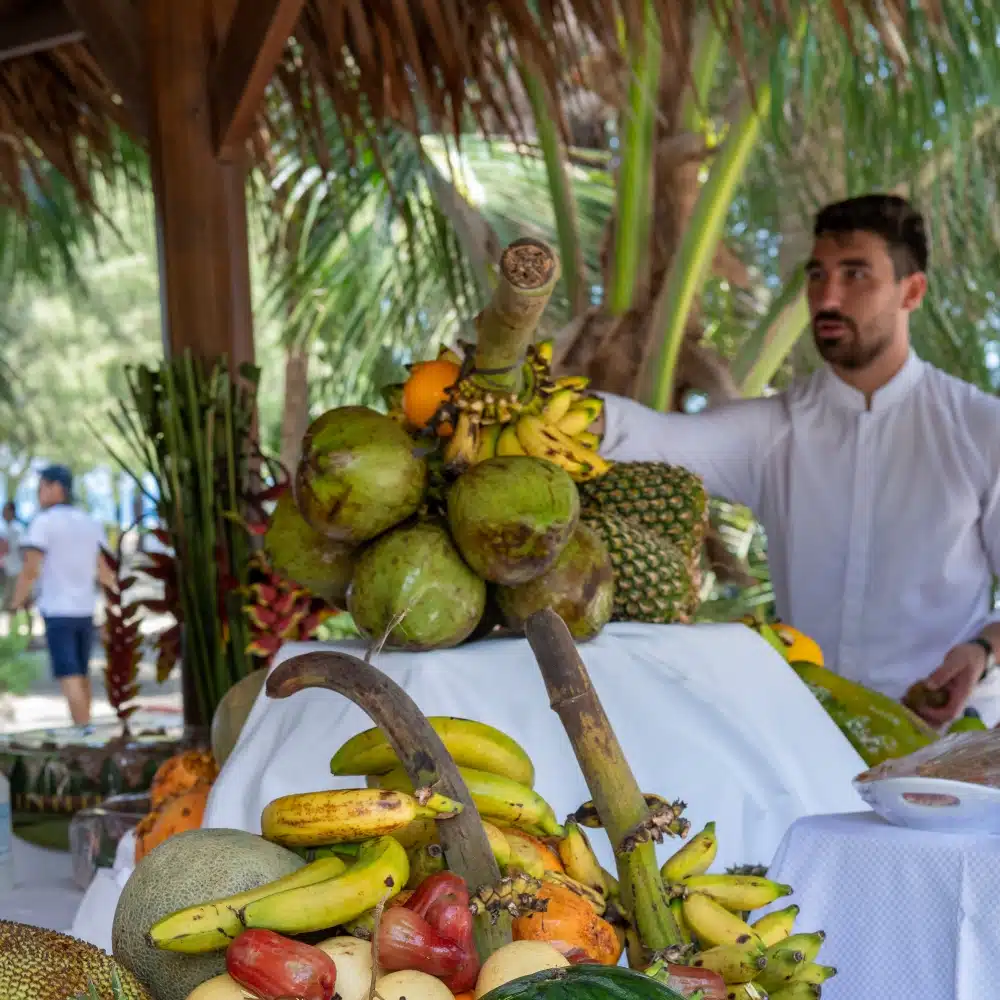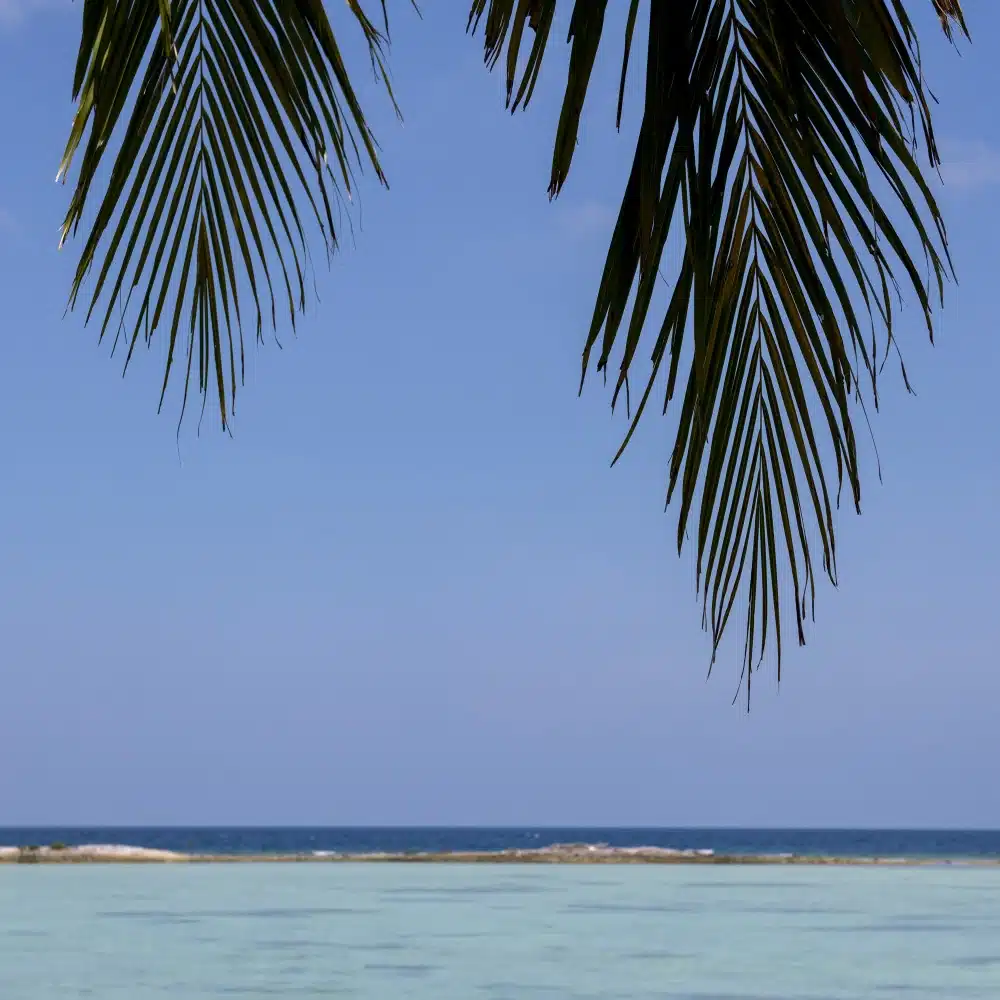At the southernmost continental tip of Southeast Asia, some of history’s most fascinating cultures emerged. Testaments to their influence and innovations still stand, and PONANT’s newest journeys to the region put them front and center for you. Three of them have been recognized by UNESCO for their exceptional historical and cultural significance: Malacca, Borobudur, and the Singapore Botanic Gardens. We want to share with you here why we’re so excited to introduce you to them.
The United Nations Educational, Scientific, and Cultural Organization (UNESCO) tirelessly preserves the world’s cultural treasures. With an aim toward world peace, it strives to demonstrate and celebrate the common humanity that has been woven into the education, arts, sciences, and cultures of the world.
At PONANT, we deliver you to the front door of UNESCO World Heritage sites whenever and wherever we are able. The beauty of our newest itineraries in Southeast Asia is the incredible diversity of the landmarks we visit. From Buddhist worship sites and mercantile trading posts to colonial architectural feats large and small, each illuminates the heights of human ambition and the dramatic and lasting impact of diverse civilizations.
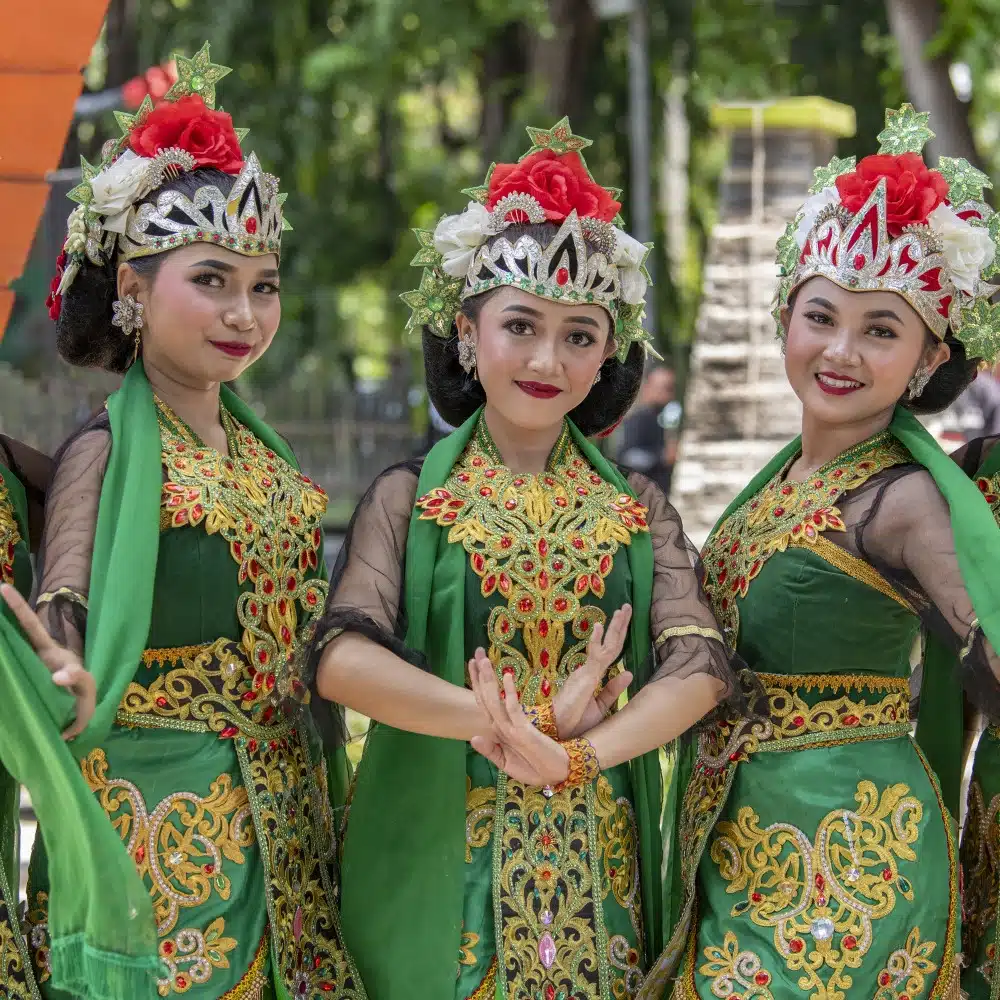
Malacca: An Historic Cultural Crossroads
Malacca, situated on the Strait of Malacca along the west coast of Malaysia, is an astounding example of a 15th- and 16th-century entrepôt, or trading port that acted as a way station for imported goods before they were exported to other shores. Goods came in from all over Asia and Europe. And the merchants who delivered them brought their cultures with them, creating a rich melting pot. The city thrived as a critical link between East and West. To this day, architectural and other traditional influences remain from the Chinese, Indian, Dutch, and Portuguese.
For this historic interchange of cultural values, Malacca was declared a UNESCO World Heritage Site in 2008. The city’s historic district boasts well-preserved colonial architecture, ancient mosques, and splendid temples, illustrating the cultural convergence that occurred over centuries. The iconic Stadthuys, a Dutch colonial-era building; the A Famosa fortress, a remnant of Portuguese rule; and the Poh San Teng Temple, built in honor of a Chinese princess sent here to marry the sultan of Malacca, all stand as testaments to the city’s storied past. The Malacca Sultanate Palace, a wooden replica of the original palace, offers visitors a glimpse into the opulent lifestyle of Malay royalty during the 15th century.
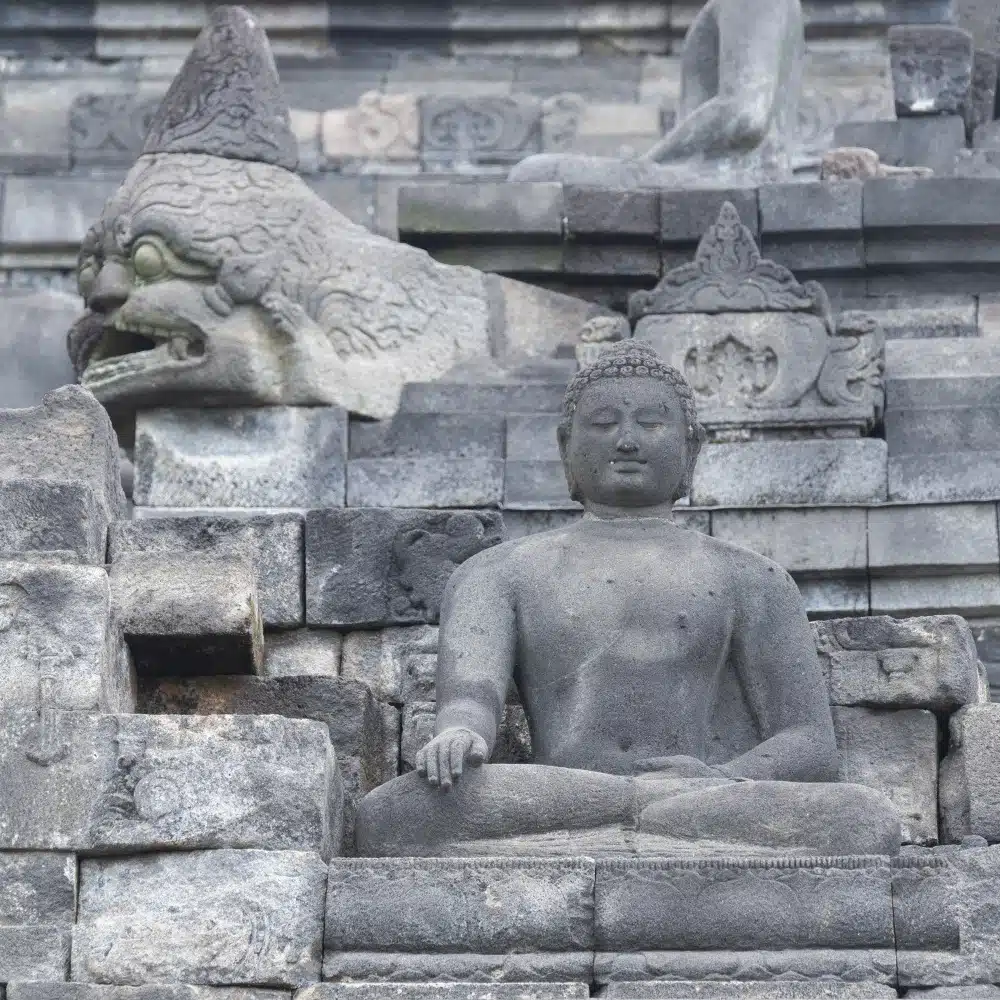
Borobudur: A Monumental Tribute to Buddha
Borobudur, in central Java, Indonesia, is a massive 9th-century Buddhist temple complex that showcases the region’s rich spiritual heritage. Designated a UNESCO World Heritage Site in 1991, Borobudur is the world’s largest Buddhist temple, a masterpiece of Indonesian art and architecture built to honor the glory of the Buddha. Remarkably, this vast structure was built more than 300 years before Angkor Wat in Cambodia and some 400 years before the first of Europe’s great cathedrals. For centuries, it lay under volcanic ash, then was rediscovered in 1814 with the help of Thomas Stamford Raffles, the colonialist credited with establishing a British foothold in East Asia.
The temple’s nine stacked platforms represent the stages of enlightenment in Buddhist cosmology. Intricately carved reliefs adorn the walls, narrating the life of Buddha and conveying profound spiritual teachings. The central dome, crowned with a large stupa, symbolizes the ultimate goal of Nirvana. Borobudur reflects the assimilation of Buddhism and indigenous Indonesian beliefs, providing a tangible link to the country’s historical roots. Pilgrims and tourists alike marvel at the site’s serene ambiance and architectural grandeur.
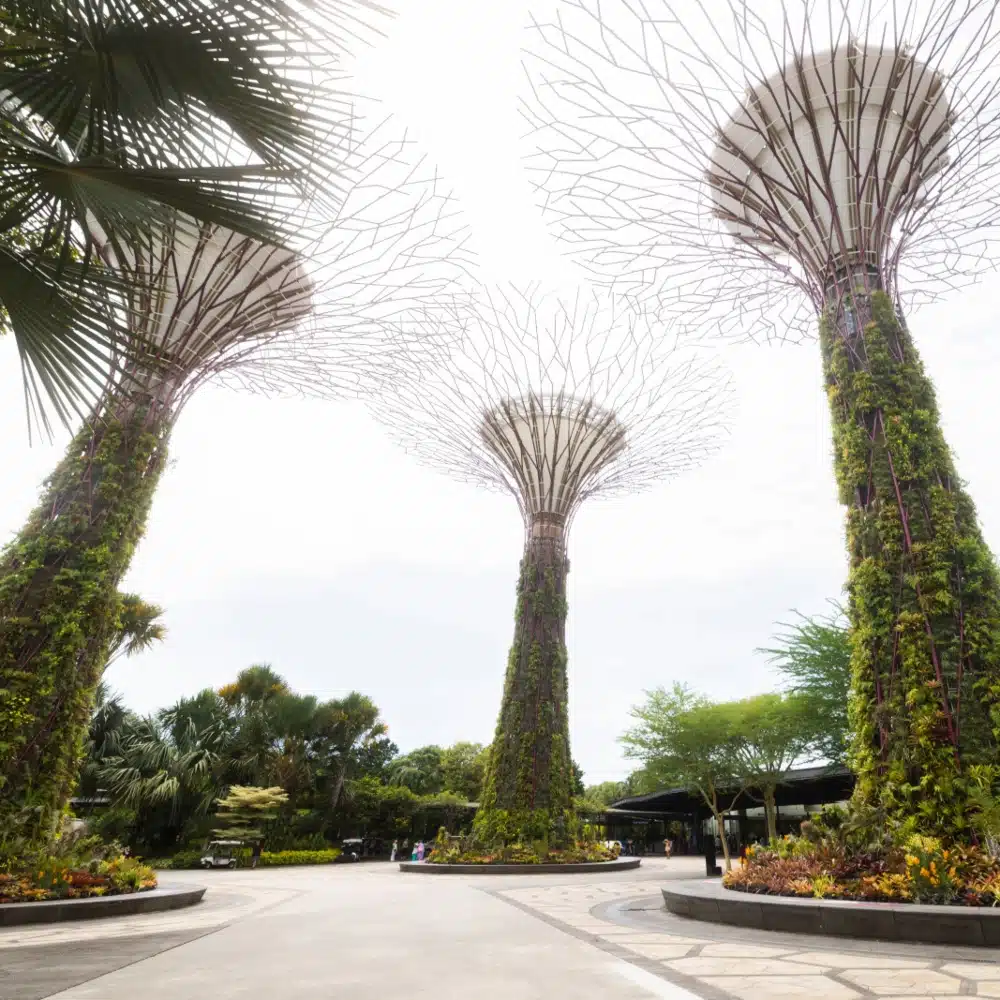
Singapore Botanic Gardens: A Rich Natural and Cultural Landscape
In the heart of bustling Singapore lies an oasis of tranquility and biodiversity – the Singapore Botanic Gardens. These resplendent gardens are a testament to Singapore’s commitment to preserving its natural and cultural heritage – particularly its British legacy. In addition to being the only tropical botanic garden declared a UNESCO World Heritage Site, it is also a uniquely British-style garden.
Founded in 1859, the Singapore Botanic Gardens showcase a diverse collection of tropical flora. The National Orchid Garden within is particularly renowned, featuring some 1,200 species and 2,000 hybrids, all of them nurtured by Singapore’s equatorial climate. The gardens also played a crucial role in the development of rubber cultivation and extraction, contributing significantly to the region’s economic growth during the colonial era. Beyond its botanical significance, the Singapore Botanic Gardens serve as a recreational space, cultural venue, and educational resource for locals and visitors alike. The site’s UNESCO designation – which it earned in 2015 – recognizes the harmonious coexistence of nature, history, and cultural enrichment within the urban landscape of Singapore.
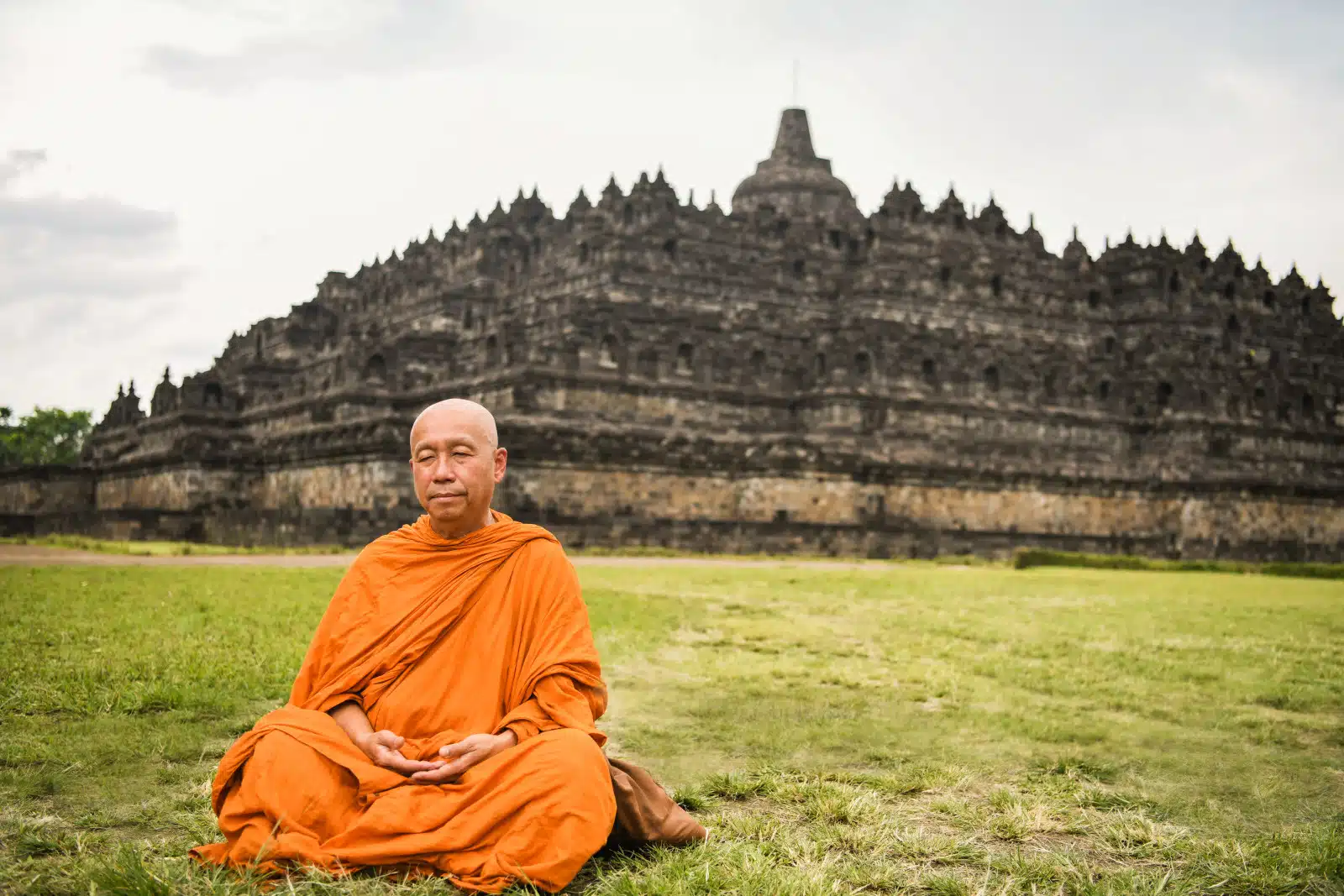

Explore 3 UNESCO Sites on One Journey
PONANT is proud to offer you a unique perspective on the cultural crossroads of Malacca, the spiritual sanctity of Borobudur, and the harmonious blend of nature and urban life at the Singapore Botanic Gardens. We invite you to visit these proud guardians of Southeast Asia’s diverse and vibrant legacy on our newest Southeast Asia itineraries.


